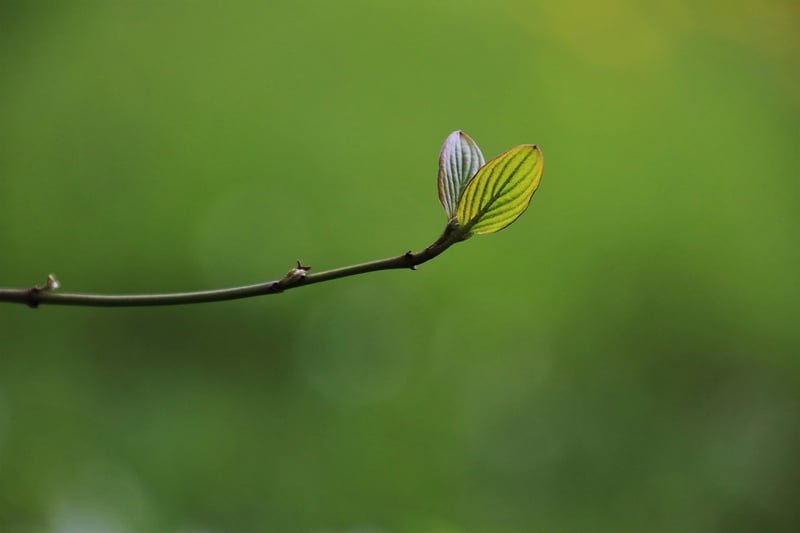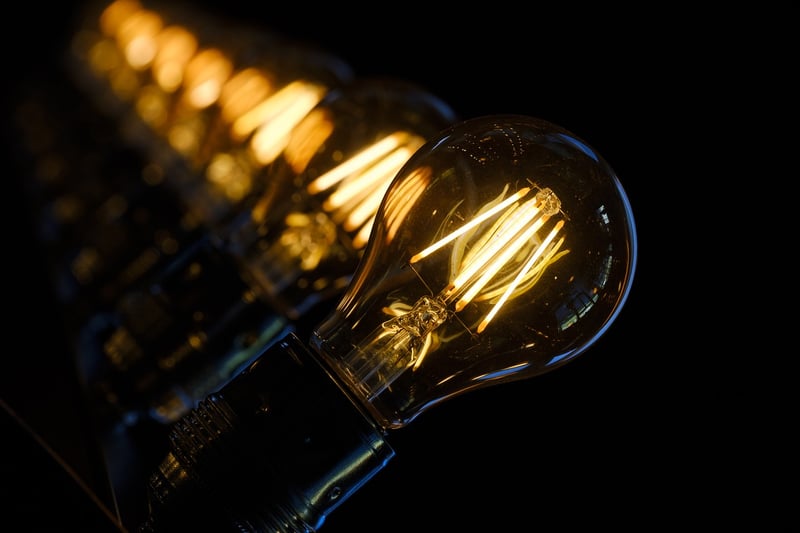Lighting Placement
Enhancing Plant Growth with Proper Lighting
The Importance of Lighting for Plant Growth
Light is one of the essential factors for plant growth as it plays a vital role in photosynthesis, the process by which plants convert light energy into chemical energy. Proper lighting ensures that plants receive the necessary amount of light to thrive and produce energy for growth.
Types of Lighting for Plants
There are several types of lighting that can be used to enhance plant growth:
- Fluorescent Lights: Ideal for seedlings and young plants due to their cool spectrum.
- LED Grow Lights: Energy-efficient and versatile, suitable for all growth stages of plants.
- High-Intensity Discharge (HID) Lights: Provide high light intensity, best for flowering and fruiting plants.
Lighting Placement
Proper placement of lights is crucial to ensure all parts of the plant receive adequate light. Here are some tips for lighting placement:
- Above the Plant: Position lights above the plant to mimic sunlight and provide uniform light distribution.
- Adjustable Height: Ensure lights can be adjusted to accommodate plant growth and maintain the ideal distance for light intensity.
- Side Lighting: Supplement overhead lighting with side lighting to reach lower leaves and promote even growth.
Lighting Schedule
Plants require a consistent lighting schedule to regulate their growth cycle. Typically, plants need about 12-16 hours of light per day for optimal growth. Consider using a timer to automate the lighting schedule and ensure plants receive consistent light exposure.
Conclusion
By understanding the importance of lighting for plant growth, choosing the right type of lighting, proper placement, and maintaining a consistent lighting schedule, you can create an ideal environment for your plants to thrive and flourish.

